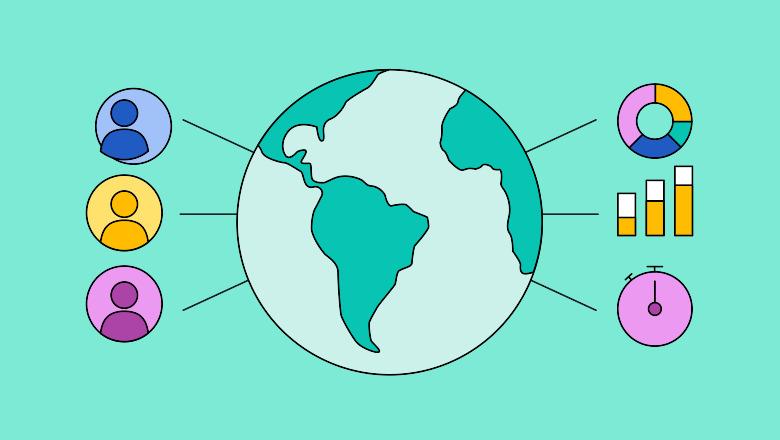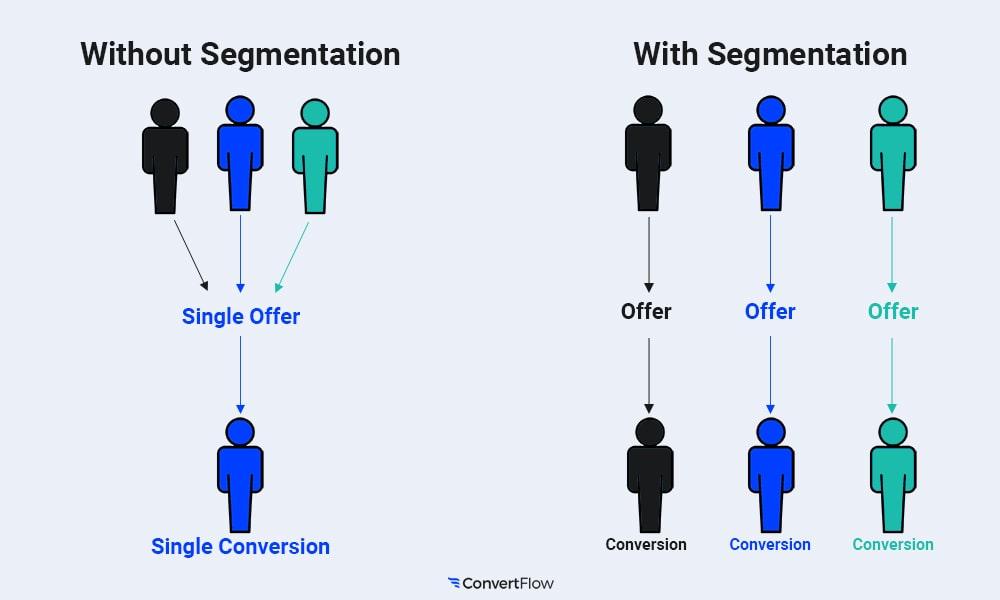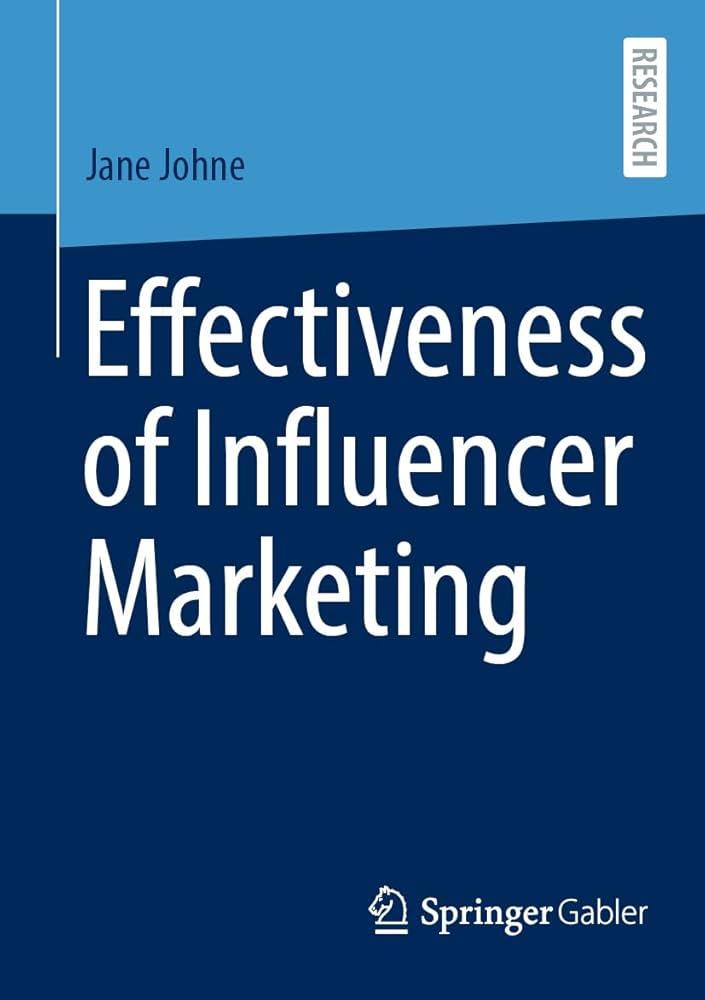
In today’s digital landscape, where trends shimmer and fade in the blink of an eye, understanding the intricate layers of demographics has become a linchpin for success in influencer marketing. As brands seek to navigate the complex web of social media personalities, the question arises: what truly drives an influencer’s impact? Is it charisma, creativity, or a well-cultivated audience? The answer lies in decoding demographics—the unseen thread that weaves together an influencer’s appeal and effectiveness. This article delves into the pivotal role demographics play in shaping influencer strategies, illuminating how age, gender, location, and interests not only define audiences but also dictate the dynamics of engagement. Join us as we explore how harnessing demographic insights can unlock the potential for authentic connections, targeted messaging, and, ultimately, greater success in the ever-evolving realm of influencer marketing.
Understanding Audience Segments: Mapping the Influencer Landscape
To maximize influencer marketing effectiveness, understanding the various audience segments is crucial. Different influencers cater to distinct groups based on factors like age, interests, and geographical location. By mapping these segments, brands can align their product offerings with influencers who resonate most with their target demographics. This alignment can lead to more authentic partnerships, where influencers engage with followers who are not just passive observers but potential customers. Key audience characteristics to consider include:
- Age Demographics: Different generations have unique preferences, making it essential to choose influencers who connect with your core audience.
- Interests and Hobbies: Understanding hobbies can help pinpoint influencers who align closely with your brand ethos.
- Location specificity: Regional influencers may possess a more targeted reach,making them valuable for geographically-focused campaigns.
This mapping exercise allows brands to visualize the influencer landscape clearly. By categorizing influencers based on the aforementioned characteristics, brands can create a strategic approach to engaging with the right individuals. Below is a simplified depiction of influencer categories:
| Influencer Type | Target Audience | Typical Content Style |
|---|---|---|
| Macro Influencers | Wide demographics | Polished and professional |
| Micro Influencers | Niche audiences | Authentic and relatable |
| Nano Influencers | Local communities | Personal and engaging |

The Power of Data Analytics: Utilizing Insights for Targeted Strategies
The ability to analyze and interpret data plays a critical role in the evolving landscape of influencer marketing. By diving deep into demographic insights, brands can tailor their outreach strategies to more effectively connect with specific audiences. A few key aspects to consider include:
- Audience Segmentation: Categorizing your audience based on age, gender, interests, and location ensures that your message resonates deeply.
- content Personalization: Insights derived from data allow influencers to create content that speaks directly to the needs and preferences of their followers.
- Performance Metrics: Regularly assessing engagement rates and conversion statistics informs future campaigns, adapting strategies for optimal impact.
Utilizing data analytics not only enhances influencer effectiveness but also drives brand loyalty. Insights gleaned from demographic analysis can be efficiently summarized in tables to present a clearer picture of target markets:
| Demographic | Engagement Rate | Preferred Content Type |
|---|---|---|
| 18-24 Years | 8.5% | Video |
| 25-34 Years | 7.2% | Blog Posts |
| 35-44 Years | 6.0% | Infographics |
This data-centric approach equips brands with the necessary tools to craft focused campaigns that not only reach but resonate, ultimately leading to higher conversion rates and lasting connections with audiences.

Crafting Authentic Connections: Engaging Diverse Demographic Groups
In today’s multifaceted world,establishing genuine relationships with diverse groups is paramount for any influencer aiming to resonate across various demographics. This means understanding not just the surface-level characteristics that define these groups, but also delving deeper into their unique cultures, values, and aspirations. Building these meaningful connections involves:
- Active Listening: Engage in conversations that allow you to absorb and reflect on the perspectives of different communities.
- Cultural Sensitivity: Acknowledge and respect cultural differences, which can foster a sense of inclusivity.
- Tailored Content: Create content that speaks directly to the interests and identities of various demographic groups.
Moreover, leveraging data analytics can provide invaluable insights into demographic trends and preferences. By analyzing audience metrics, influencers can craft bespoke strategies that resonate more deeply. A simple breakdown of potential audience insights could include:
| Demographic Group | Key Interests | Preferred Platforms |
|---|---|---|
| Generation Z | Social Justice, Authenticity | TikTok, Instagram |
| Millennials | Sustainability, Experiences | Instagram, Pinterest |
| Generation X | Work-Life Balance, Technology | Facebook, LinkedIn |
This layered approach not only enhances engagement but also cultivates a loyal audience base. Recognizing and respecting the differences between groups can pave the way for building connections that are not only authentic but also impactful.

Measuring Impact: Evaluating Influencer Effectiveness Through Demographic Insights
in the quest to understand influencer effectiveness, demographics serve as a vital compass for brands.By dissecting the characteristics of an influencer’s audience, businesses can unearth valuable insights that highlight alignment with their target market. this analysis frequently enough involves examining factors such as:
- Age Distribution: Understanding whether the audience skews younger or older helps tailor content and products to resonate with specific age brackets.
- Gender Breakdown: evaluating the percentage of male and female followers informs product positioning and marketing strategies.
- Geographic Locations: Identifying where the audience resides can enhance targeted advertising efforts and local event promotions.
As we delve deeper into data analytics, employing tools that provide detailed demographic insights allows brands to measure not just reach but meaningful engagement. A table showcasing a hypothetical influencer’s audience demographics helps illustrate these insights effectively:
| Demographic Category | Percentage of Audience |
|---|---|
| 18-24 Years Old | 35% |
| 25-34 Years Old | 40% |
| 35-44 Years Old | 15% |
| Female | 60% |
| Male | 40% |
With this kind of data at their disposal, brands can effectively tailor their messaging, fostering genuine connections that lead to higher conversion rates and brand loyalty. Ultimately,understanding demographics isn’t just about numbers; it’s about crafting a narrative that resonates with the audience,ensuring that campaigns not only reach viewers but also inspire action.
In Retrospect
In the intricate tapestry of digital marketing, understanding demographics is not merely a footnote but a central chapter in the success story of influencers. As we have explored,the ability to decode the varied layers of audience identity—age,gender,location,interests—equips influencers with the insights needed to craft authentic content that resonates deeply. This mastery not only enhances engagement but also builds lasting connections in an ever-evolving online landscape.
As we move forward into an era where data drives decisions, the role of demographics in shaping influencer strategies will only continue to grow. Whether you’re an aspiring influencer or a brand looking to harness the power of influence, remember that true success lies in the ability to listen, understand, and adapt to the nuanced needs of your audience.By prioritizing demographic insights, you pave the way for meaningful interactions and sustainable growth—transforming the art of influence into a science of connection. As you step into this exciting journey,let the demographics serve as your guiding compass,illuminating the path to effective and impactful engagement.